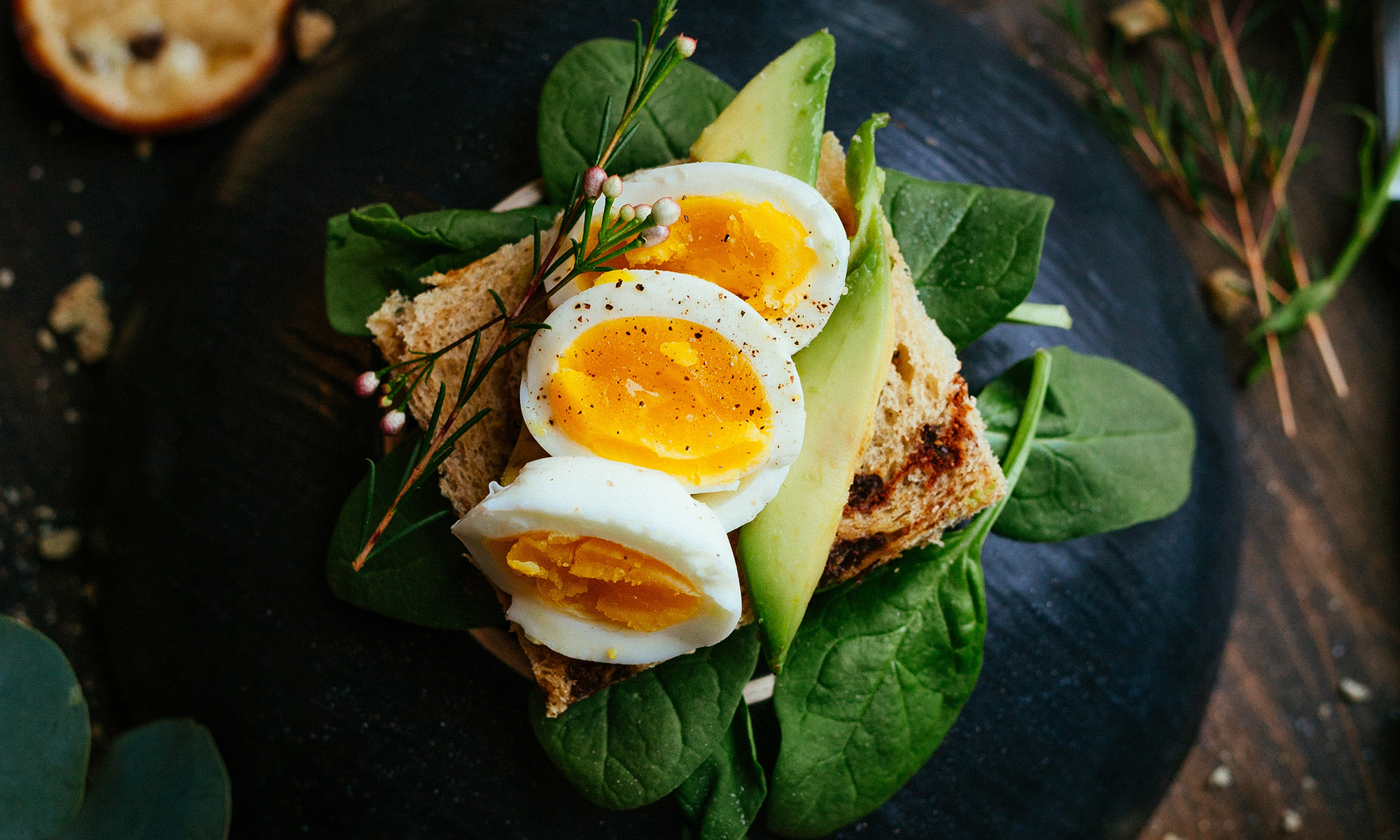I first tasted Parducci’s wine 10 years ago. I was planning a dinner for my grandmother’s 90th birthday. The local wine merchant told me the Pinot Noir would be the best pairing with the Pepper Crusted Salmon with Pomegranate sauce, Garlic Roasted Potatoes with Aged Goat Cheese. I heeded his advice and purchased a case. And he was spot on. To this day I remember the bright berry and dusty flavors of the wine and how they enhanced the sweet, earthly flavors of the pomegranates and goat cheese.
Today, many wines today have a gimmick to help sell them, Two Buck Chuck, Sin Zin, etc. “Wines that Love” is a new label that blends wine to specifically pair with different foods. To me, this makes no sense… they have a “Wine that loves…. salmon.” Salmon can be paired equally well with a pinot noir (see above) or with a white Sancerre, depending on the preparation. This particular wine is a white.
When passing through the wine aisle at the Whole Foods the other day, I noticed “Sustainable White Wine.” The bottle tag asserted that this was the first carbon-neutral winery in the U.S (so Europe already has carbon neutral wineries?). Ah, yet another gimmick. But then I noticed the producer was Parducci’s, and all the warm memories of my grandmother came floating back and I had to buy a bottle to sample.
Of course, my first question is what makes the winery carbon neutral? They achieve this through “onsite mitigation” and purchasing carbon credits. “On-site mitigation” combines a myriad of initiatives. First and foremost, they practice sustainable farming – a method of working the earth that does not damage or deplete natural resources. As an example of non-sustainable farming, if chemical fertilizers are used to protect one crop, the run-off could damage water supplies, which could in turn kill fish and damage the natural flora.
By contrast, sustainable crop management requires caring for the current fields, as well future crops and surrounding fields. This can also require managing the local water supply by restoring and maintaining wild life and fish habitats. According to their website, they use solar panels to power the winery. Though they have more panels on the way, the currently only support 25% of their electric needs (hence the need for purchasing carbon credits). They use bio-diesel to power their tractors and cars, and use earth friendly packaging. The corks look and feel like cork, so it's either a really good fake or cork is no longer an endangered resource.
I challenge that the consumer to complete the circle sustainability: first, by not wasting a drop of wine, and second, by recycling the bottle.
Let’s cut to the chase. What you really want to know is how the wine tastes!
Well, let me put it this way. Most products that are sustainable and earth-friendly tend to carry a premium price tag. At $10 a bottle, this would probably compare in taste and complexity to a $5 “normal” bottle. And it lives to that expectation.
The wine is likely a blend of the ever-present chardonnay with sauvignon blanc. Thankfully, the oakiness is kept at bay. The wine is full, but lacks balance. If I were stuck on a desert island, I would joyfully drink it. But given the myriad of other options, I will buy carbon-offsets to maintain my neutrality and drink better wine. I’ll save this bottle for cooking.
Nonetheless, I laud Parducci’s efforts to protect the environment. And, for sure, I will check back with other vintages and varietals to see if they come up with a wine I love.
